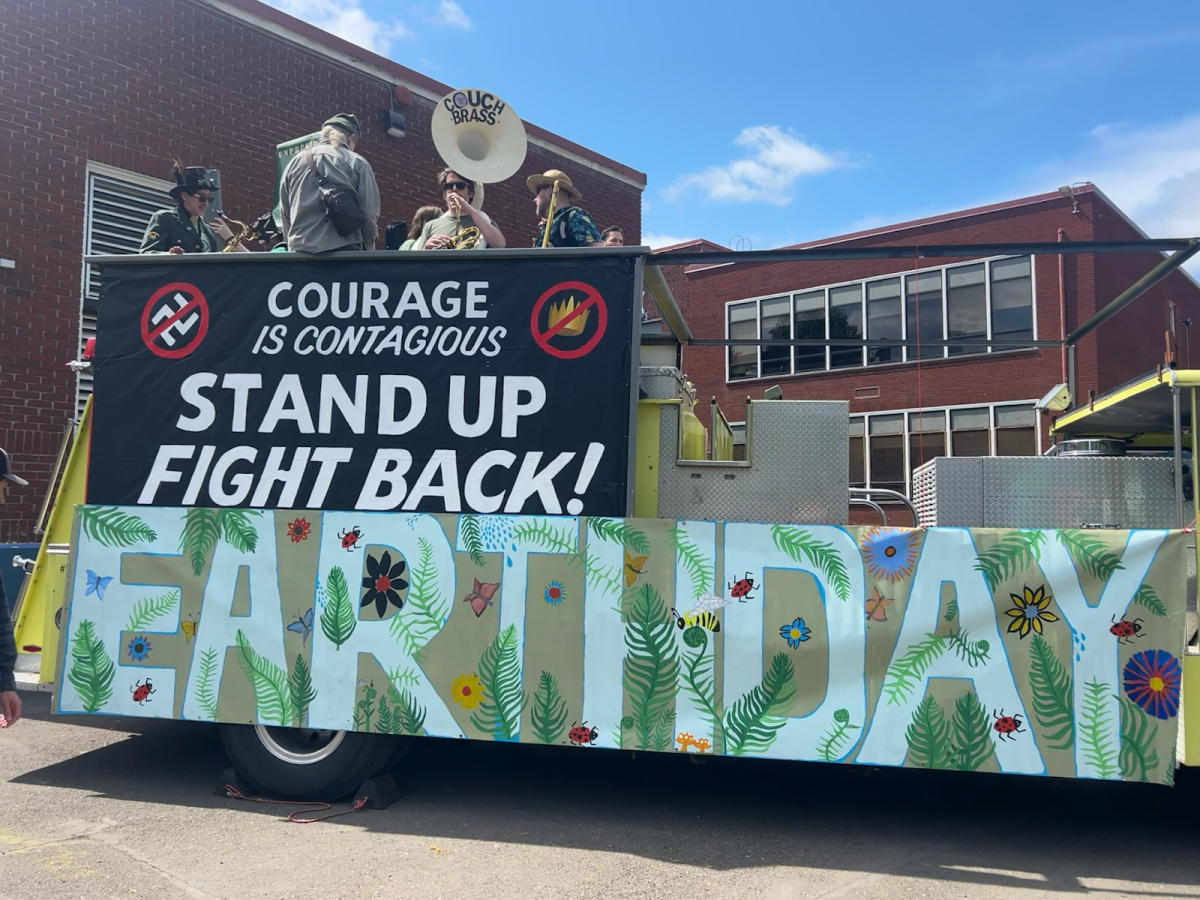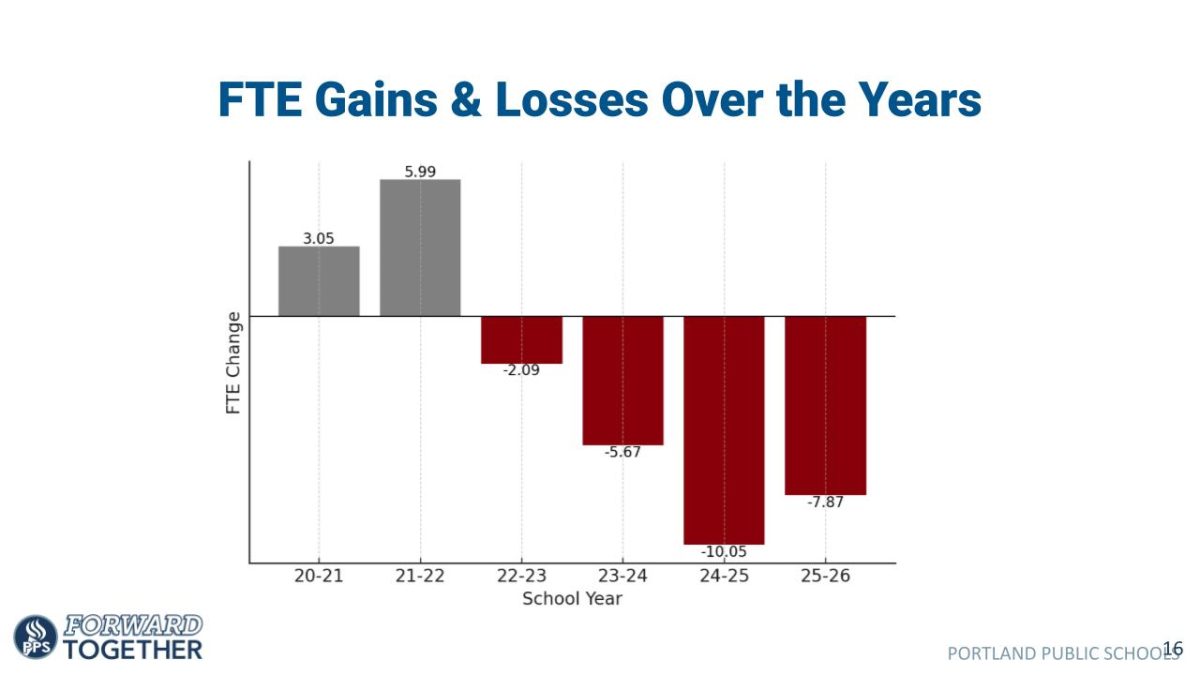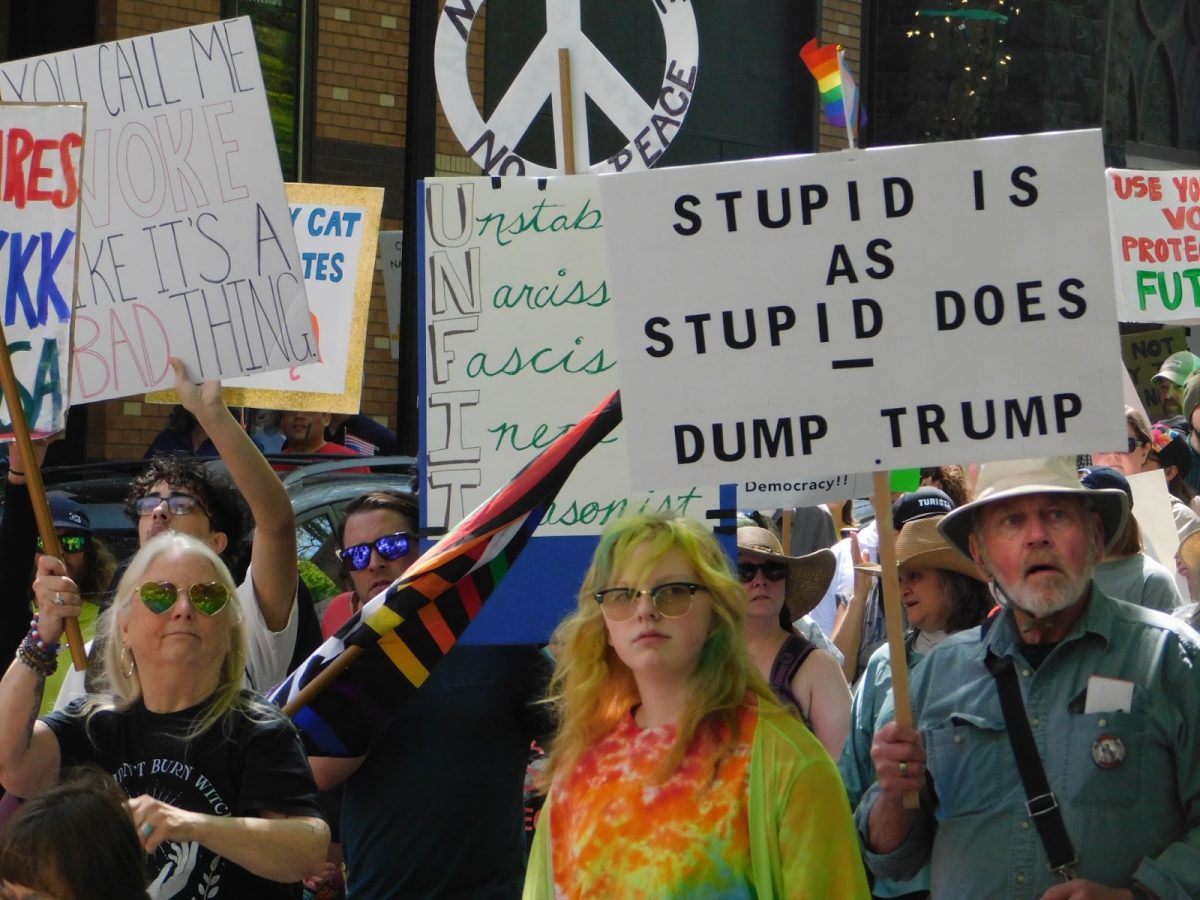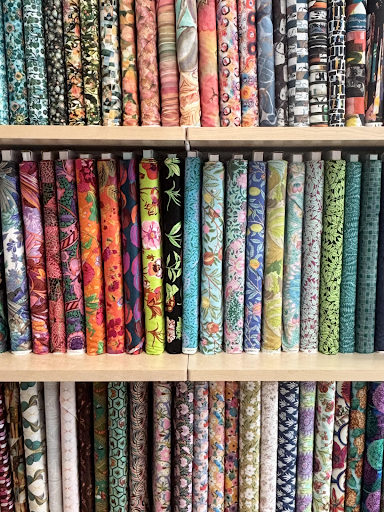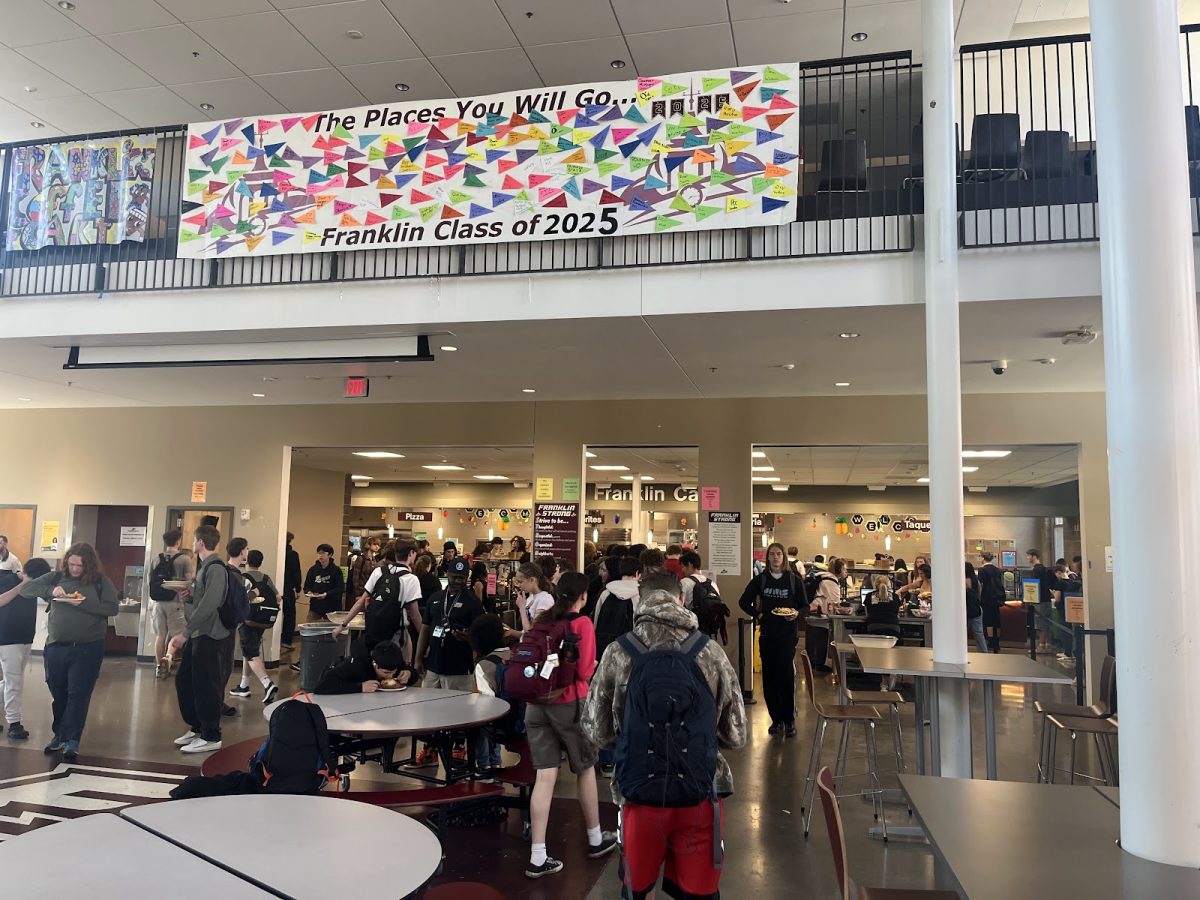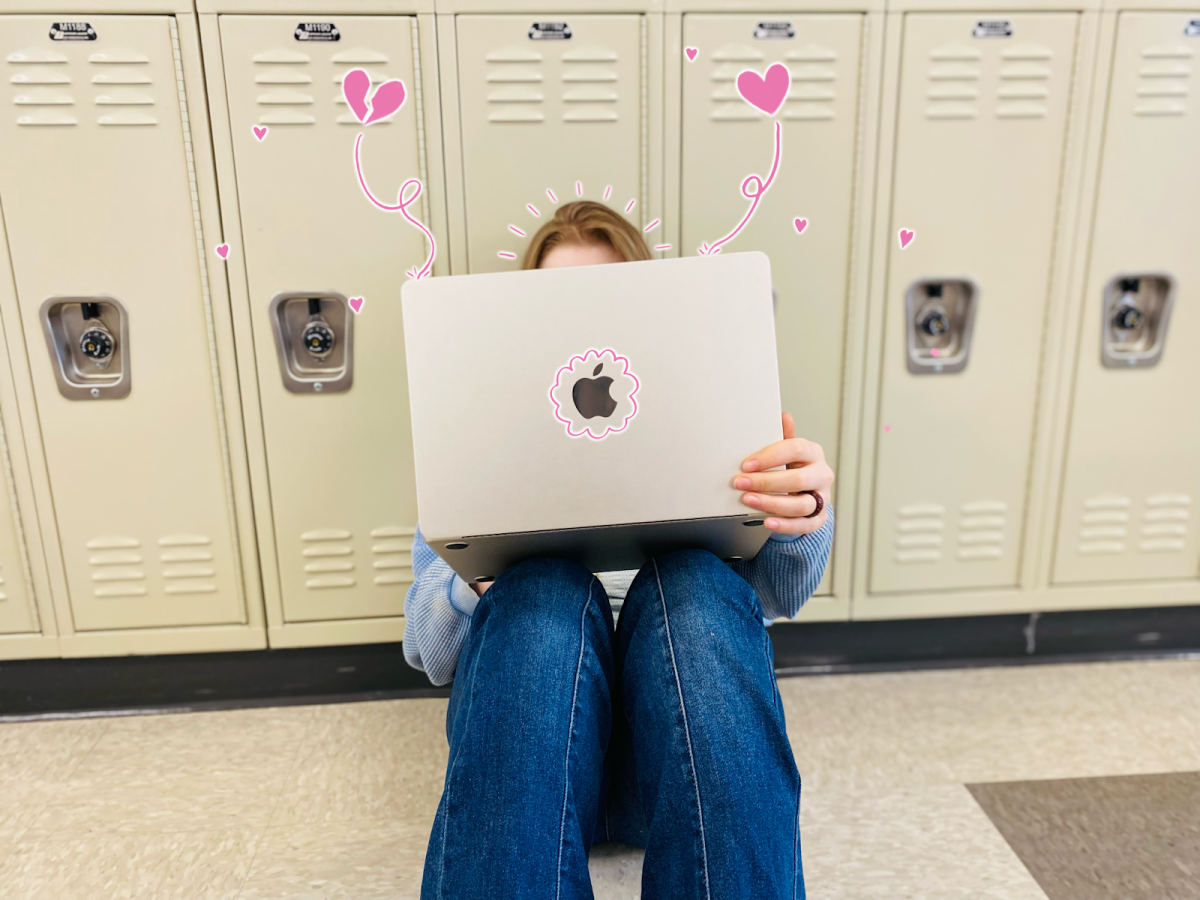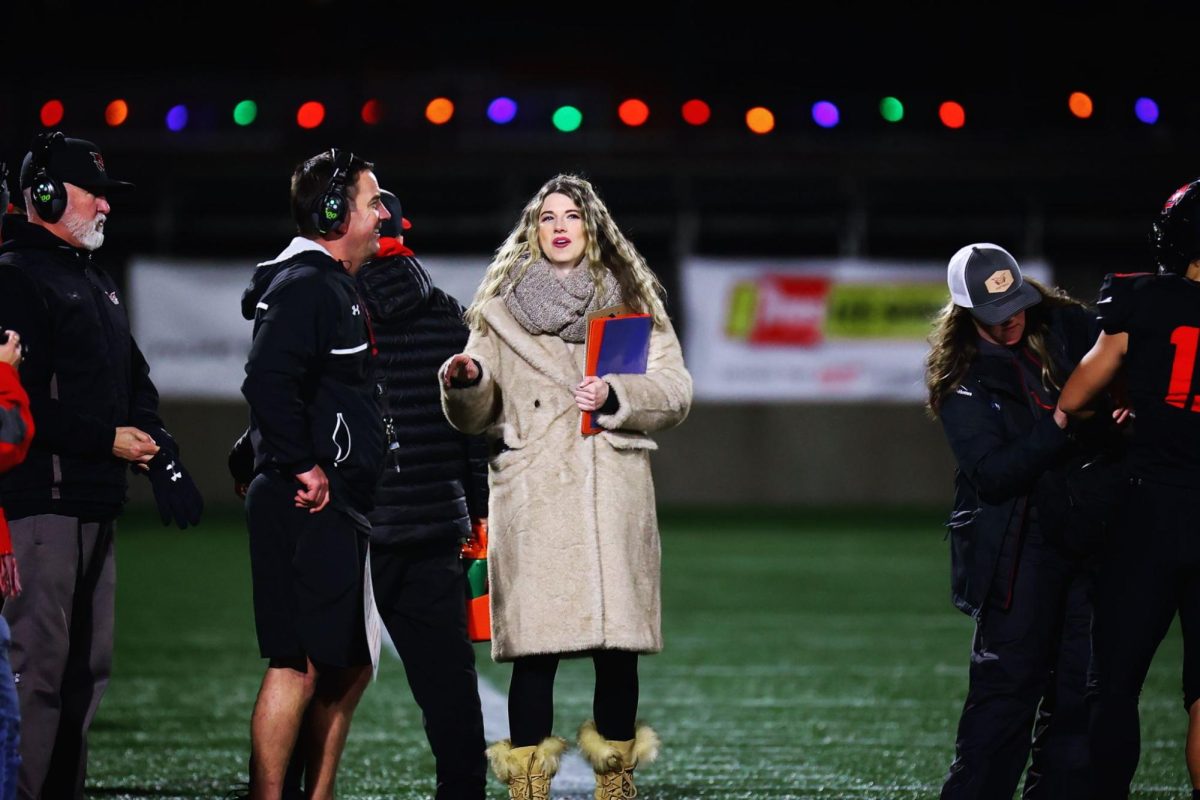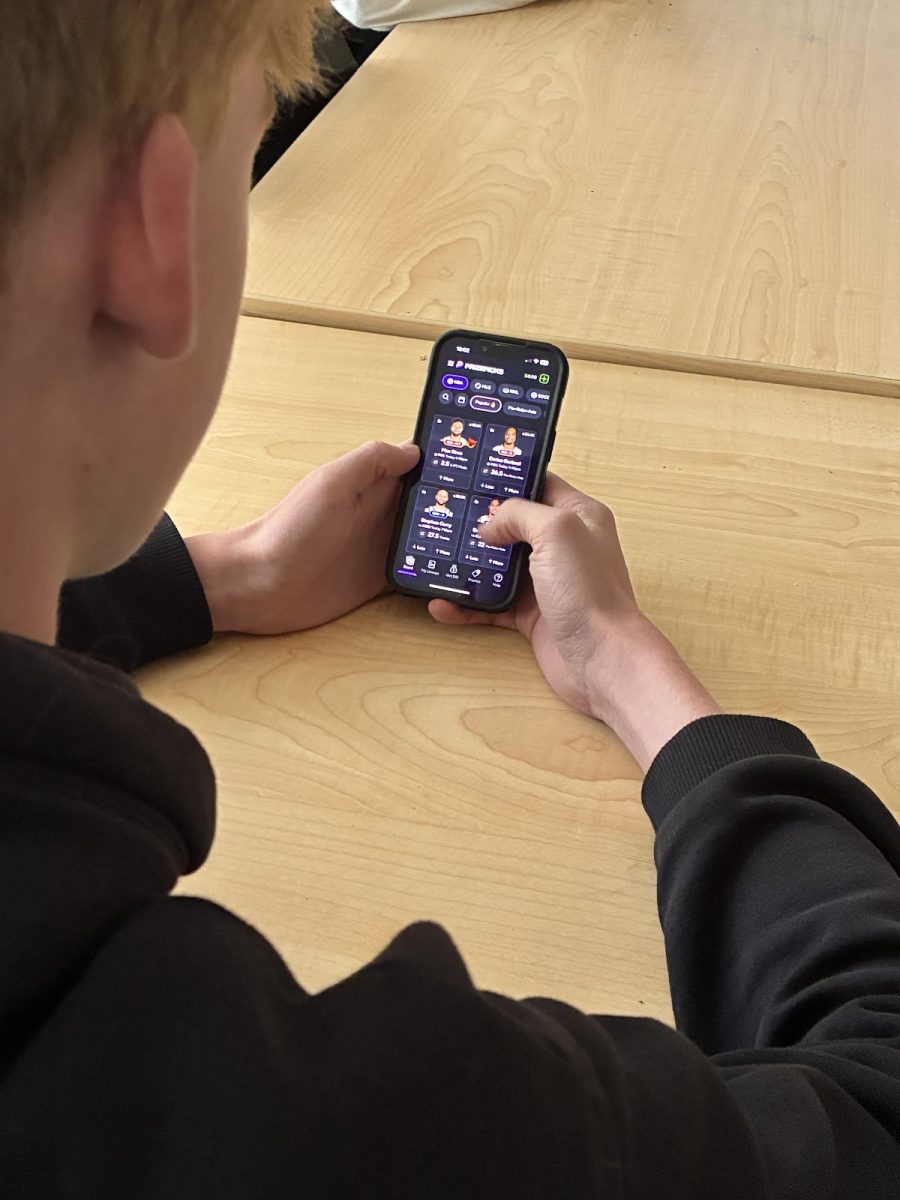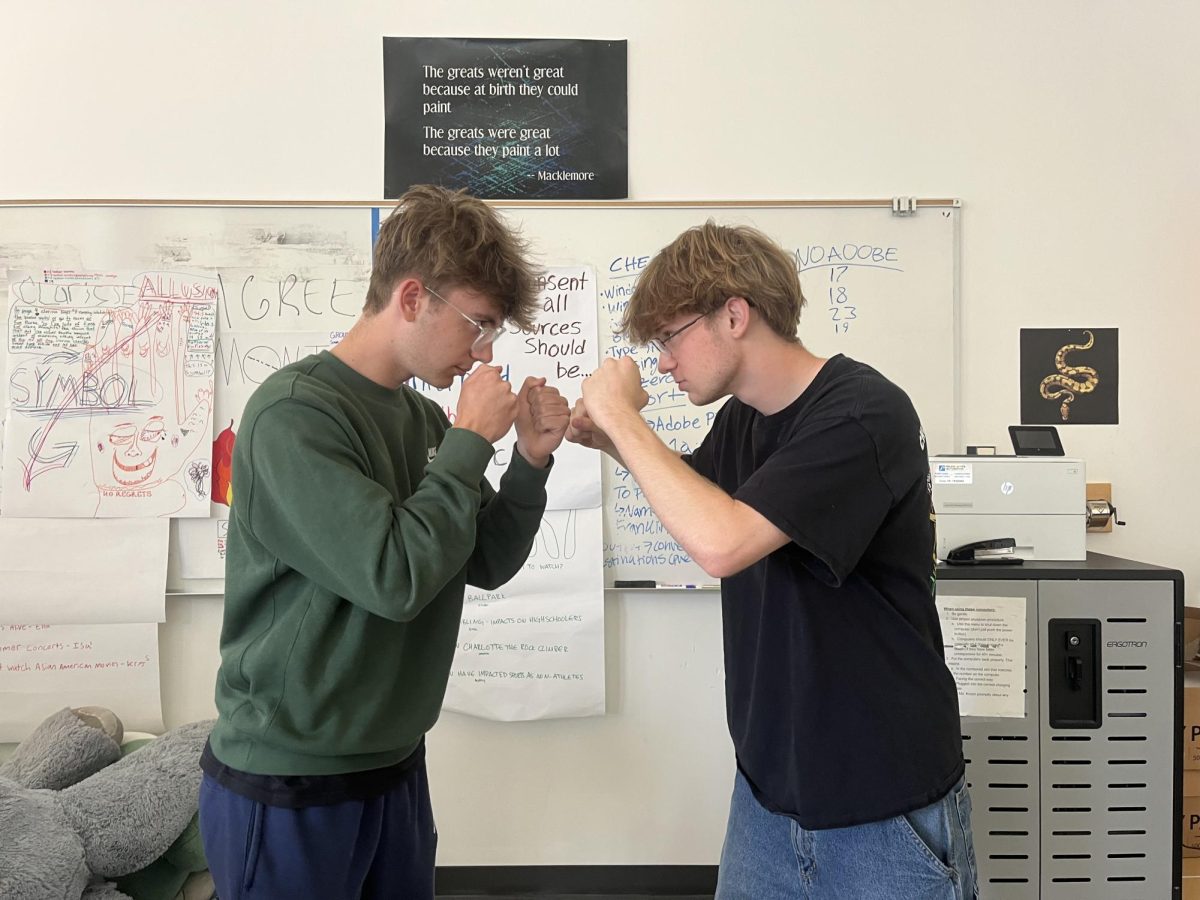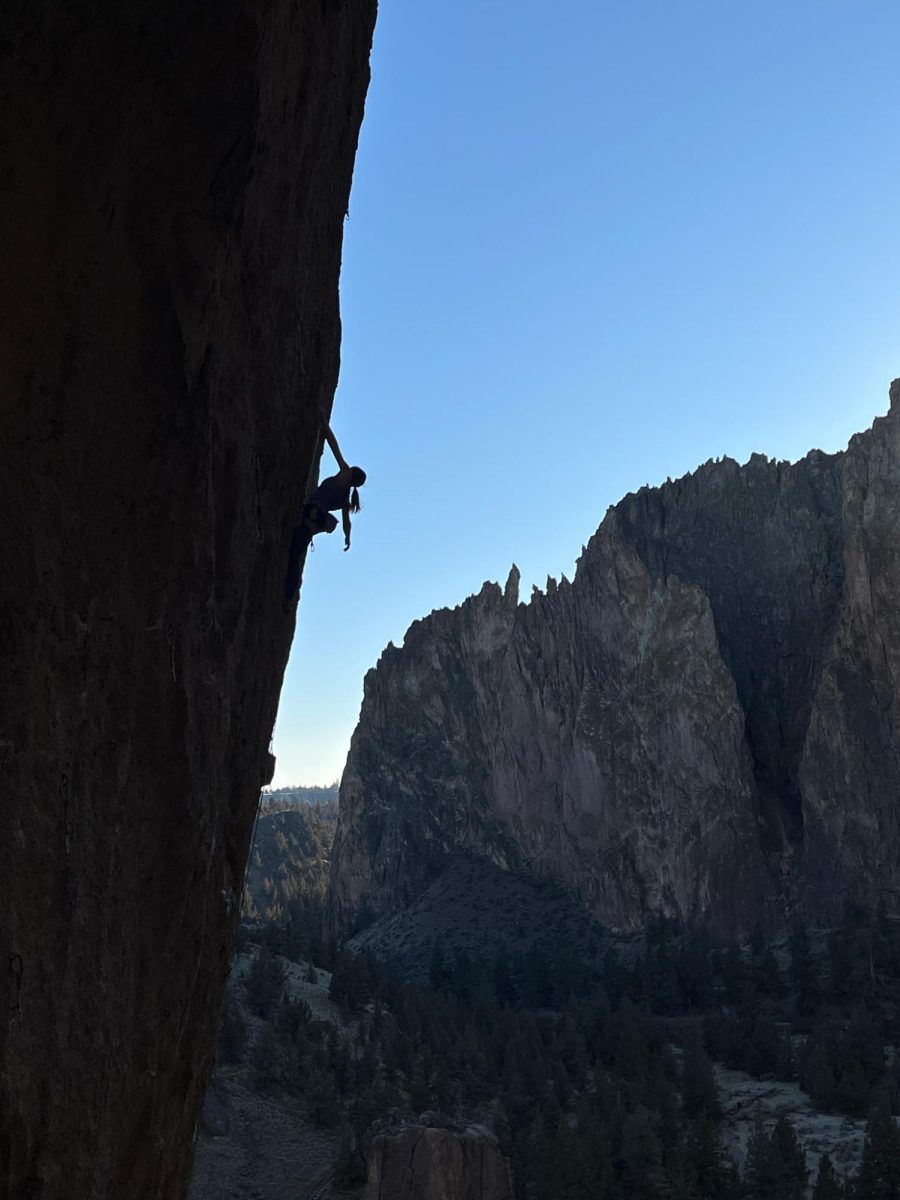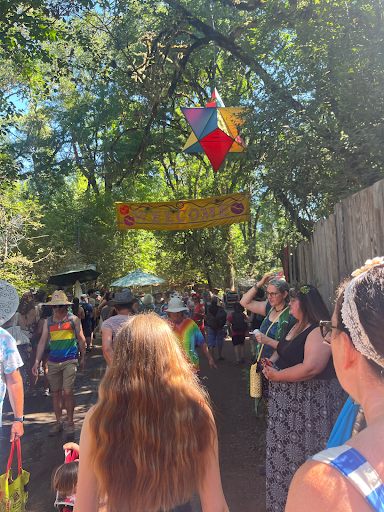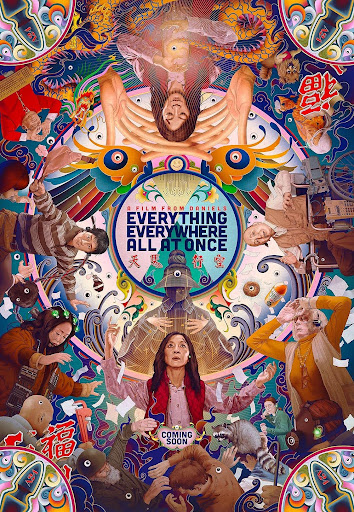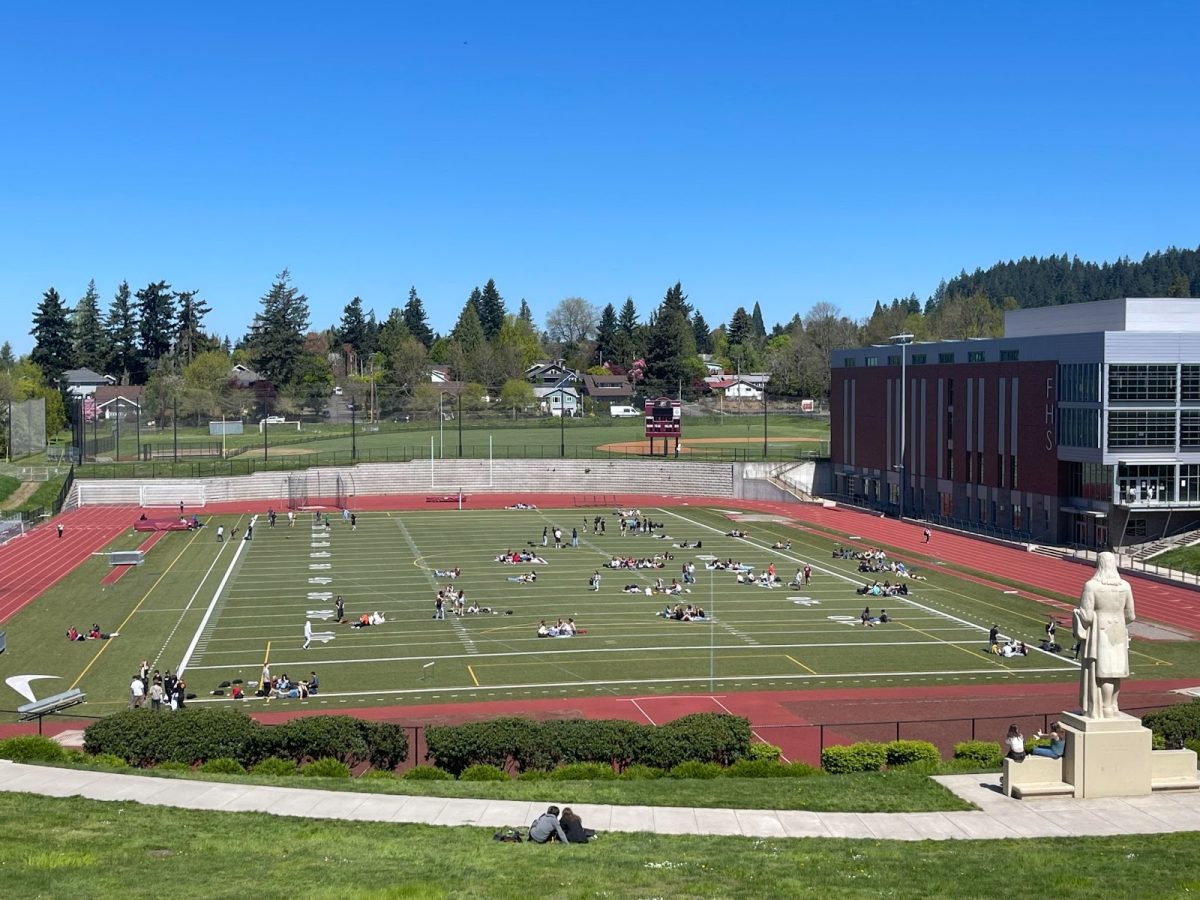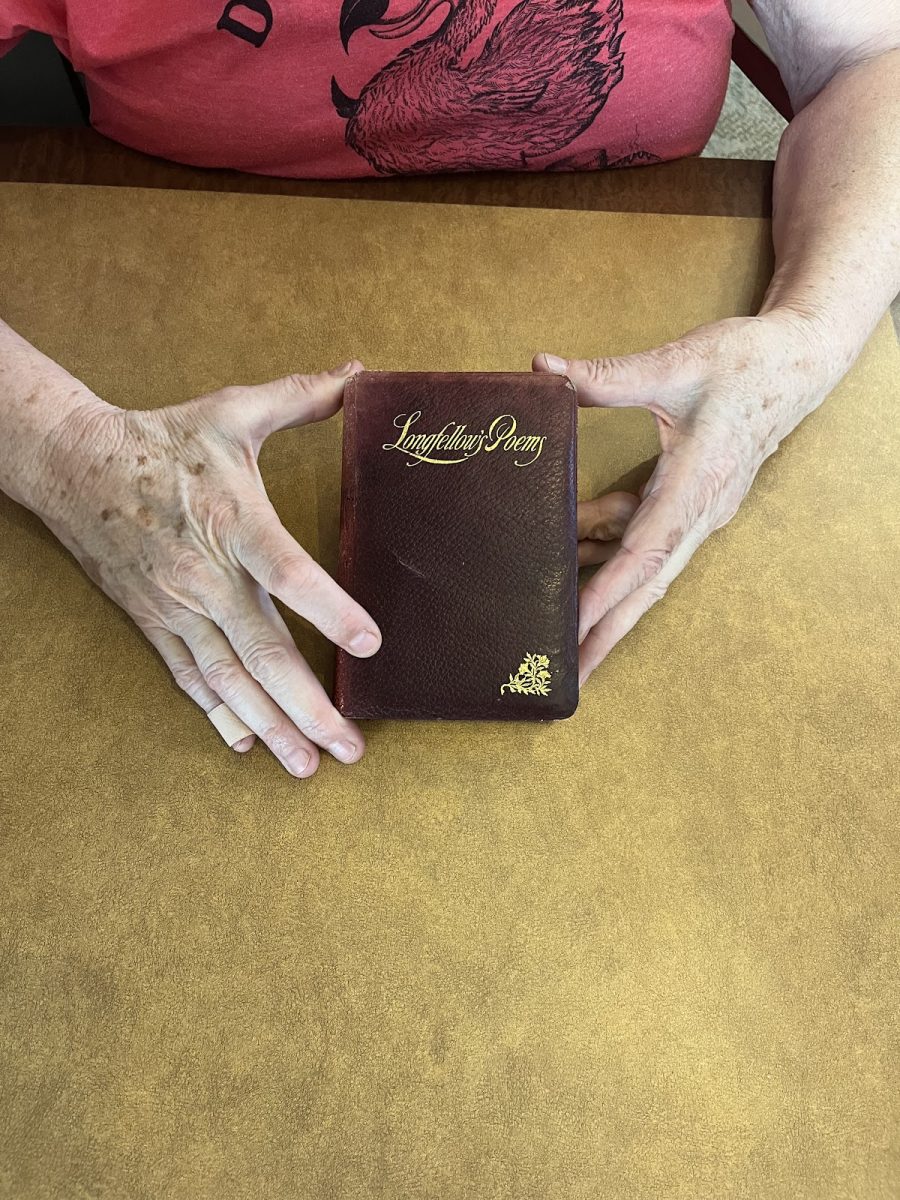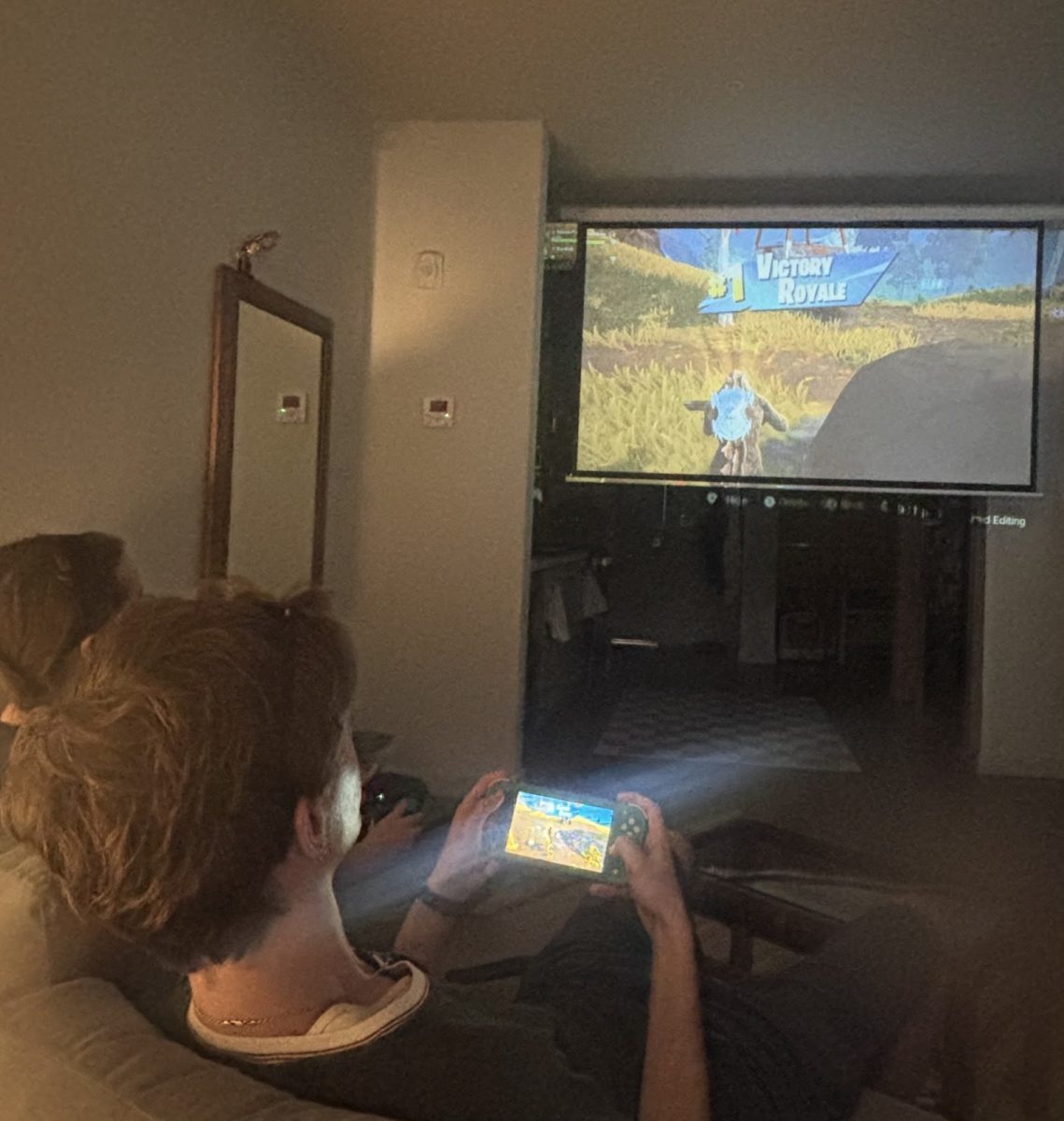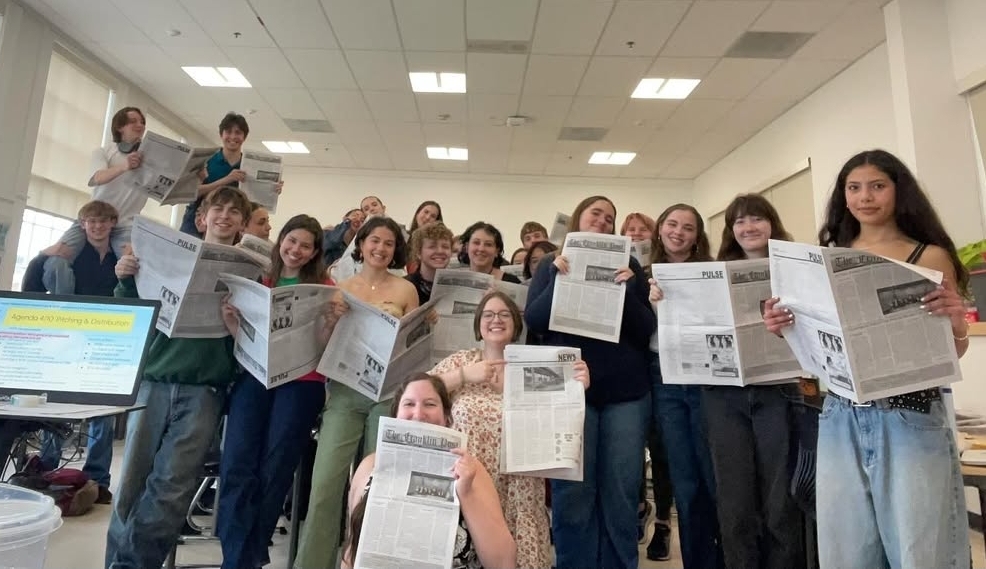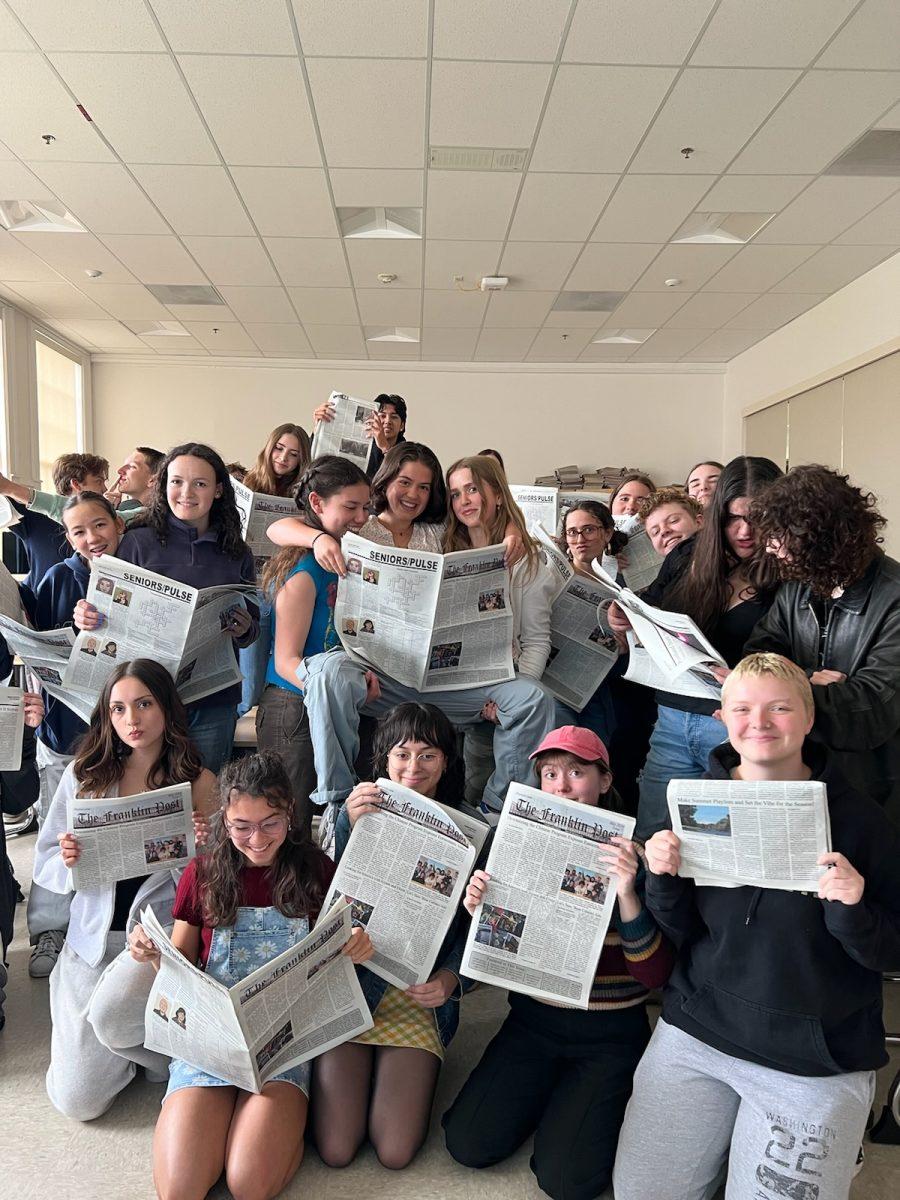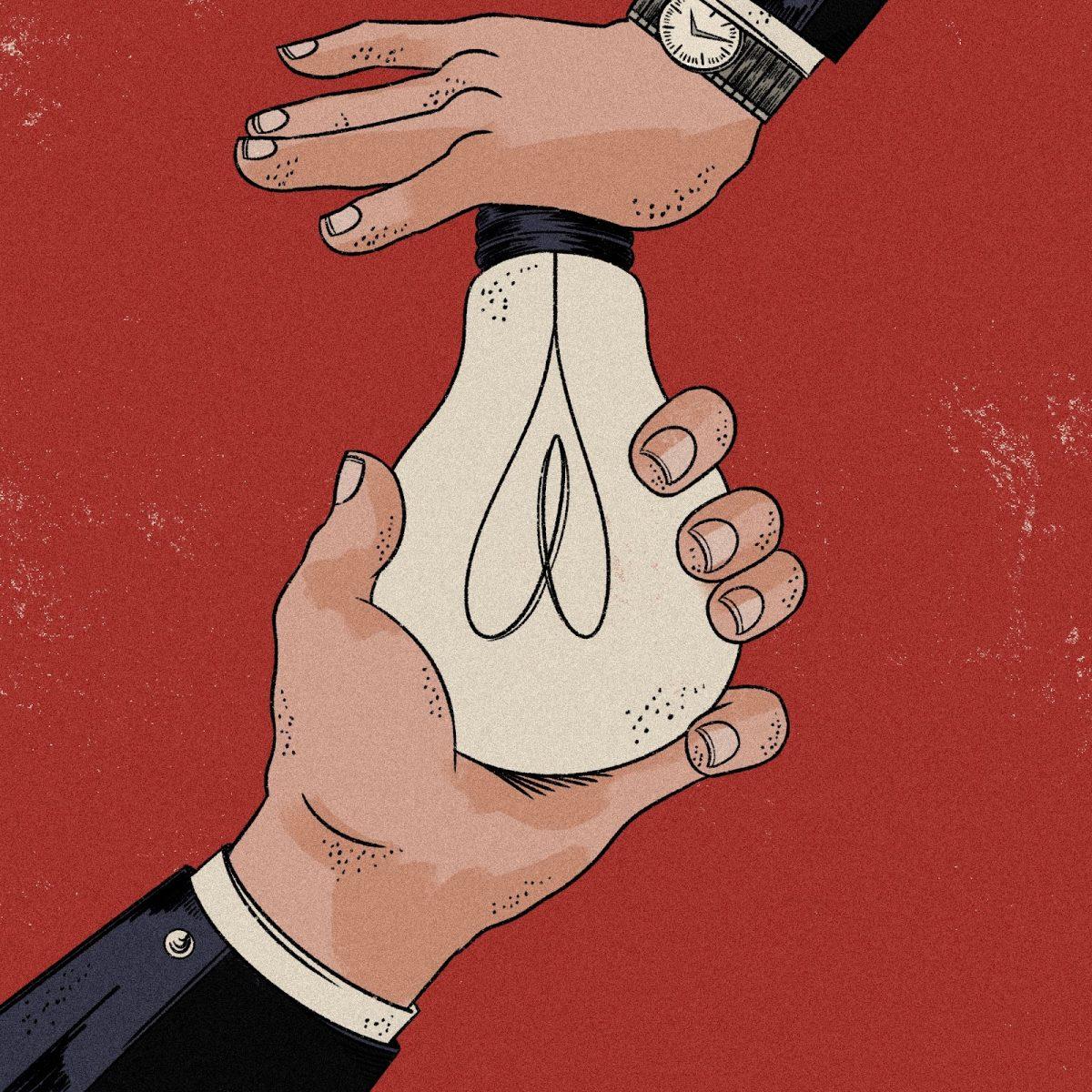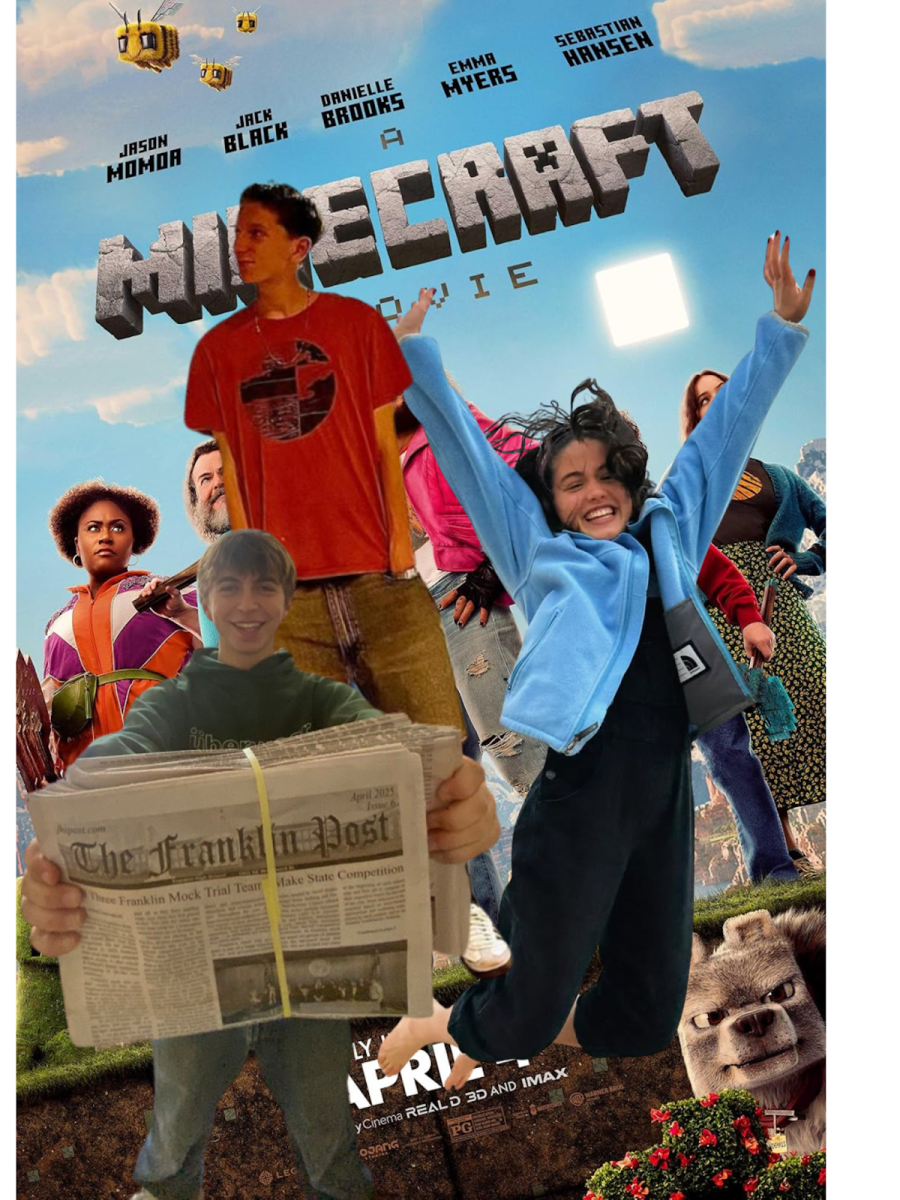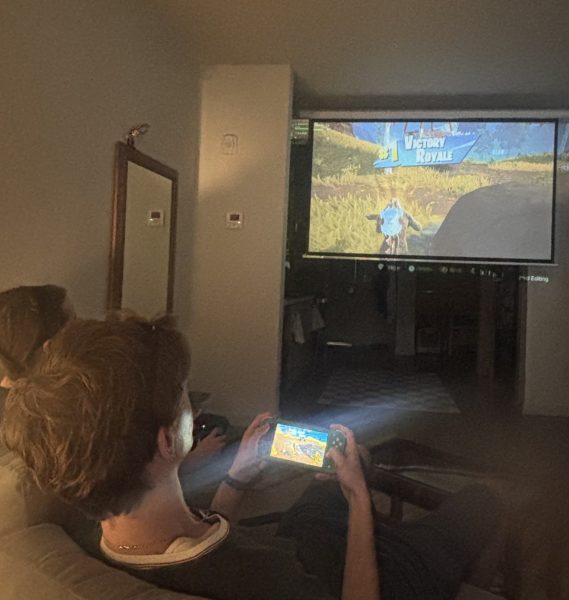
Cultural trends and social movements are spreading more quickly than ever in today’s digital world. Companies can rapidly generate content through the influence of social media and Generation Z. This fast-paced environment enables fads like fashion, entertainment, and video game trends to come about and die off quickly. However, the popular video game Fortnite has not. The multiplayer experience is primarily known for its Battle Royale game — in this competition, players compete with 100 others to survive and become the last player or team standing. Players scavenge for weapons and materials to build with and can use these resources to defend themselves and eliminate other players. With over 650 million players worldwide, the video game has substantially impacted pop culture.
Fortnite gained significant popularity a few weeks after it released the Battle Royale game. Within two weeks, it reached 10 million players and saw explosive growth, peaking at 78.3 million monthly users by 2018. It gained traction from a variety of different audiences with the help of streamers and celebrities like Ninja and Drake. Many individuals like Otto Eichman, Zane Slayton, and Guthrie Castile have been playing since near Fortnite’s release date. Like many others, their interest came from the game’s early growth. Eichman shares his experience discovering the video game, saying, “There was a sixth grader I thought it was pretty cool at the time, and he said, ‘play Fortnite with me’” — the rest was history.
Fortnite’s accessibility as a free, cross-platform video game contributed to its continuous growth. Whether it is played on a phone, personal computer, or gaming console, players can operate the game no matter what device they use. While the controls are easy to pick up on every device, the game’s dynamics are complex enough for players to play competitively. In build mode, there are certain techniques and moves that players can do, allowing for more technical gameplay. This widespread accessibility and engaging gameplay not only fueled Fortnite’s massive player base but also laid the foundation for its emergence as a major influence in pop culture.
Further, Fortnite has connected communities globally, fostering social interactions both online and in real life. During isolation back in 2020, when schools were closed and social events were limited, Fortnite was used as a hub for social interaction. Eichman shares his experience during the COVID-19 pandemic, saying, “During class, after class, at night, in the morning, [my friends and I] were always just playing Fortnite together.” COVID-19 helped Fortnite become a more social game — during the global pandemic, it was a temporary substitute for in-person interactions. Slayton and Castile started playing as a team during quarantine. Slayton recalls this, saying, “We just started playing all the time over quarantine, and that’s actually when we became friends.” Slayton and Castile have been playing together ever since, and their friendship continued to grow outside of Fortnite as COVID-19’s social restrictions were lifted.
As Fortnite grew in popularity, it continued to grow in influence. With large live events and concerts, Fortnite has made a notable impact on music, fashion, and entertainment. The Battle Royale game has hosted several high-profile in-game events, which have drawn millions of players worldwide. The Galactus event, which concluded Fortnite’s Marvel-themed season four of chapter two in November 2020, drew 15.3 million concurrent players and still holds the record for the highest number of players in a live in-game event to date.
The in-game concerts have had a transformative impact on the music industry, demonstrating how artists can reach massive global audiences through interactive digital platforms. In November 2024, Remix: The Finale concert, which featured artists like Travis Scott, Ariana Grande, and new music from Juice WRLD, set the record for a Fortnite in-game concert, attracting 14.3 million players.
Fortnite dances and memes sourced from the game have also had their fair share of impact. Iconic emotes — player dances produced in the game — like the Floss and Orange Justice, transcended the game, becoming widely recognized, even by those who don’t play Fortnite. Across media platforms, fans, celebrities, athletes, and influencers recreated the dances, helping Fortnite gain even more social visibility. Fortnite has embraced meme culture and dance trends by adding viral social media dances as emotes.
Fortnite’s influence extends far beyond the screen, leaving a lasting mark on how video games shape culture, connect people, and redefine entertainment. By mixing competitive gameplay with social experiences, meme culture, and massive live events, Fortnite has shown how a video game can become a global cultural hub. Fortnite’s ability to continue to integrate popular culture into its video games has proven why it has been and will continue to be a staple in the video game industry.


